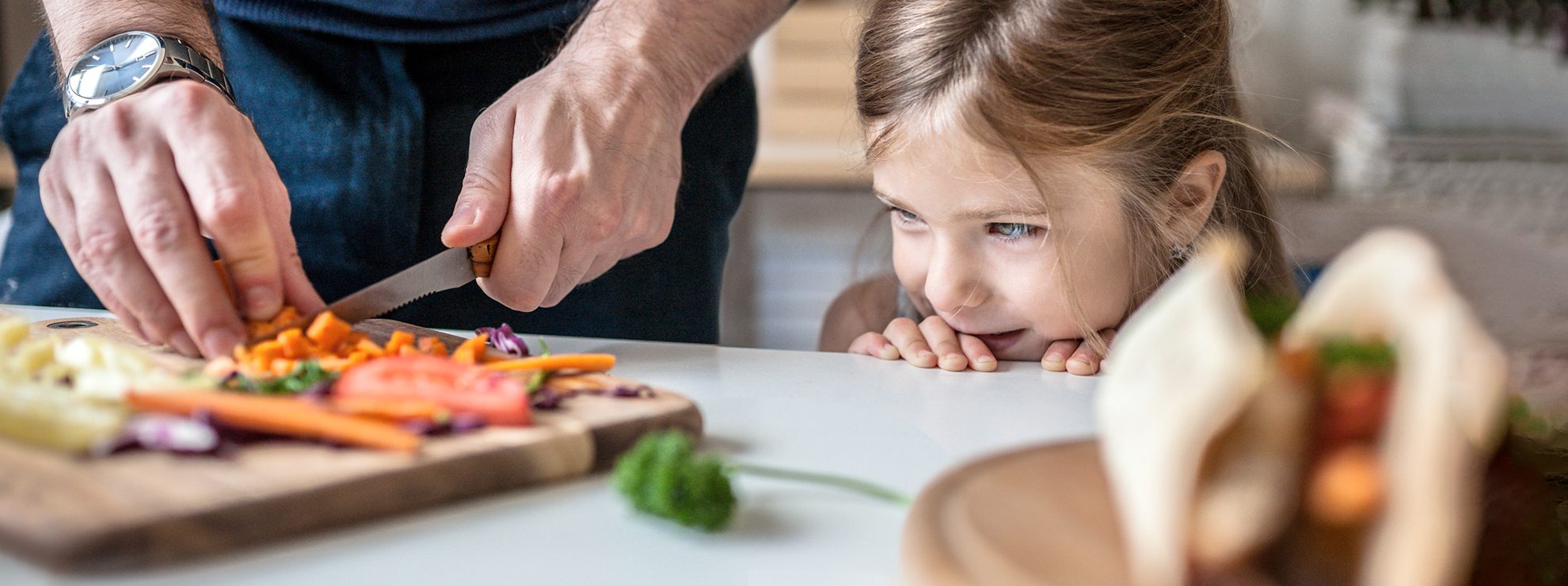
Arak, also spelled as araq, arack, or araka, is a unique and fascinating spirit that boasts a variety of spellings and a pronunciation that can baffle the uninitiated. Pronounced as "ah-rahk" (with a rolled ‘r' for those who dare), arak doesn’t have a direct English translation, but its essence is universally recognized by those who have had the pleasure of sipping it. This distinctive spirit is enjoyed primarily in the Middle East and Mediterranean regions, offering a complex flavor profile and a cultural experience in every glass.
What is Arak, Exactly?
Arak is a potent, anise-flavored alcoholic beverage that typically contains between 40% to 63% alcohol by volume (ABV). This clear spirit is often compared to other anise-flavored liquors such as ouzo from Greece, pastis from France, and raki from Turkey. However, arak has its own unique production process that sets it apart. It is traditionally made by distilling fermented grapes or dates and then redistilling the alcohol with aniseed, which imparts its distinctive licorice flavor. The result is a clear, aromatic spirit that turns milky white when mixed with water, a transformation that has earned it the nickname "the milk of lions."

A Sip Through History
The origins of arak can be traced back to the early civilizations of the Levant and Mesopotamia, where distillation techniques were first developed. Historical records suggest that arak has been enjoyed for centuries, making it one of the oldest distilled spirits in the world. Its production spread throughout the Middle East and the Mediterranean, evolving with local traditions and ingredients. In Lebanon, Syria, and Jordan, arak is a cultural staple, often associated with social gatherings, feasts, and family celebrations. Its rich history is intertwined with the cultural and culinary practices of the regions where it is most beloved, making each sip a journey through time.
What Does Arak Taste Like?
One of the most defining characteristics of arak is its taste, which is often likened to black licorice. For those with a penchant for this polarizing flavor, arak is a delightful treat. It carries a bold, aromatic profile with a sweet, herbal undertone from the aniseed, balanced by the smoothness of the distilled base. When water is added, the spirit undergoes a magical transformation, releasing a bouquet of flavors that can be both refreshing and complex. It’s a drink that encourages sipping and savoring, revealing different nuances with each taste. So, if you enjoy the flavor of licorice, arak might just become your new favorite indulgence.

Where, Who, and How: The World of Arak
Arak is predominantly enjoyed in countries like Lebanon, Syria, Jordan, and Israel, where it holds a special place in the culinary and social fabric. It is produced by both large distilleries and small family-run operations, each with its own secret recipes and techniques passed down through generations. This has resulted in a variety of arak types, each with subtle differences in flavor and strength. The traditional way to drink arak is by diluting it with water, usually at a ratio of 1 part arak to 2 parts water, and then adding ice. It is often served alongside mezze, a selection of small dishes that complement its robust flavor.
In Lebanon, for instance, arak is an essential part of a Sunday family lunch, paired with dishes like tabbouleh, hummus, and grilled meats. The Lebanese have a saying: "Arak makes the heart grow fonder." It's a social lubricant, a conversation starter, and a symbol of hospitality. In Syria, it's not uncommon to see arak flowing freely at weddings and festive occasions, bringing people together in celebration. So, whether you’re at a bustling Middle Eastern market, a cozy family gathering, or a high-spirited celebration, arak offers not just a drink, but a taste of tradition and a slice of cultural heritage. Cheers—or as they say in Arabic, "Sahtein!"
;Resize,width=767;)
